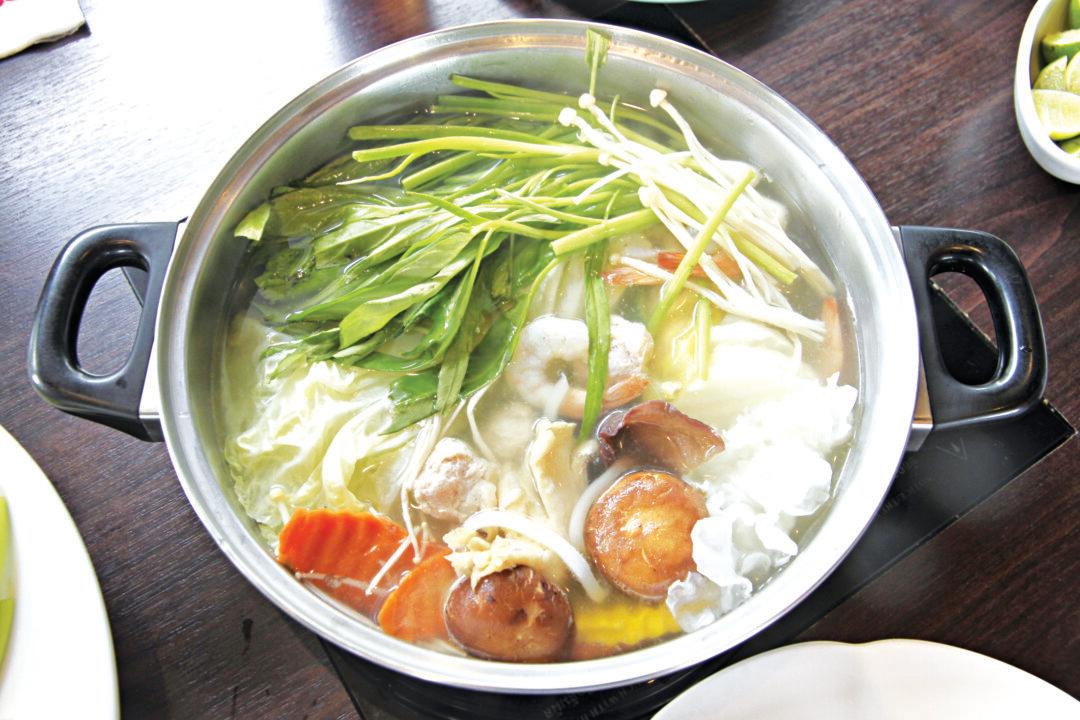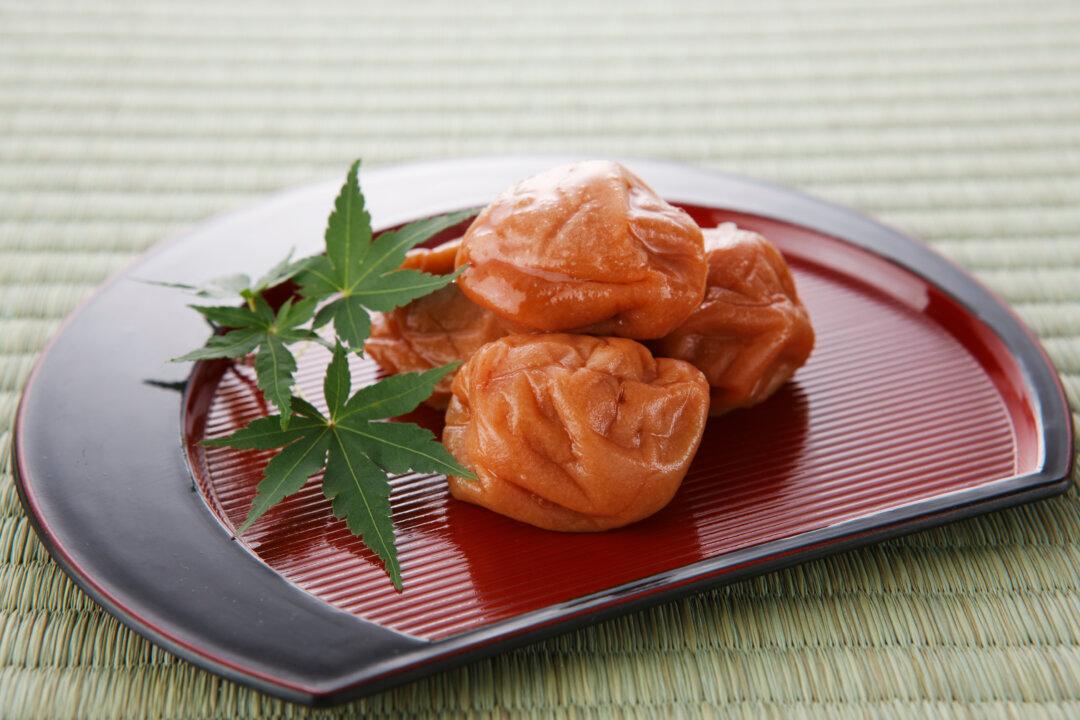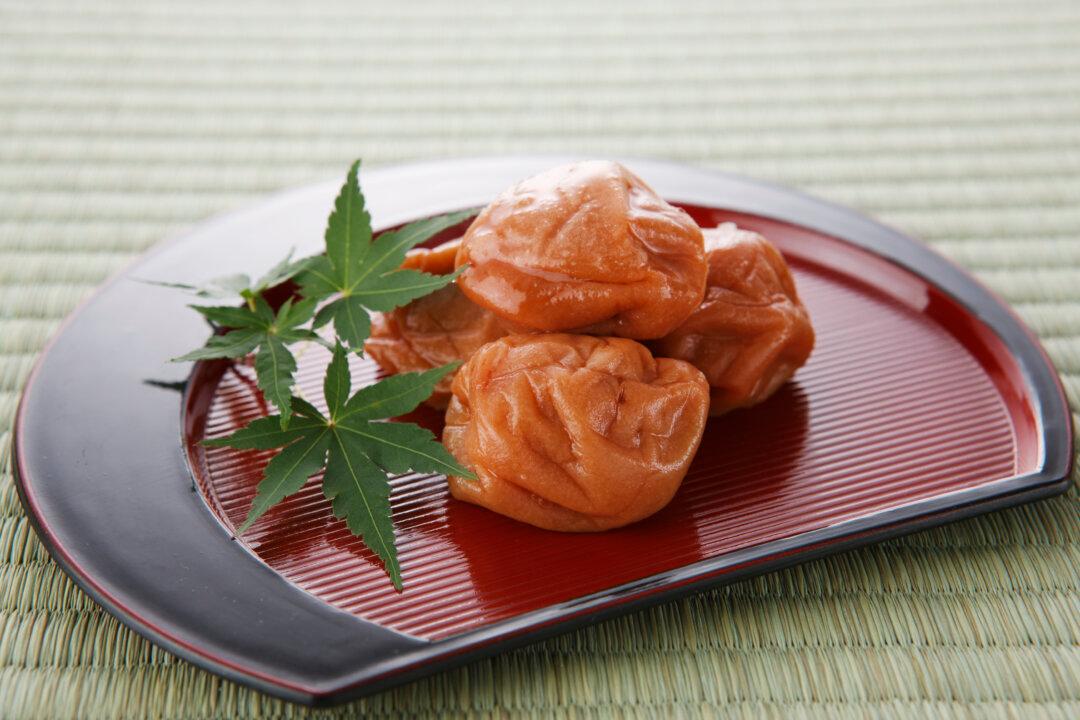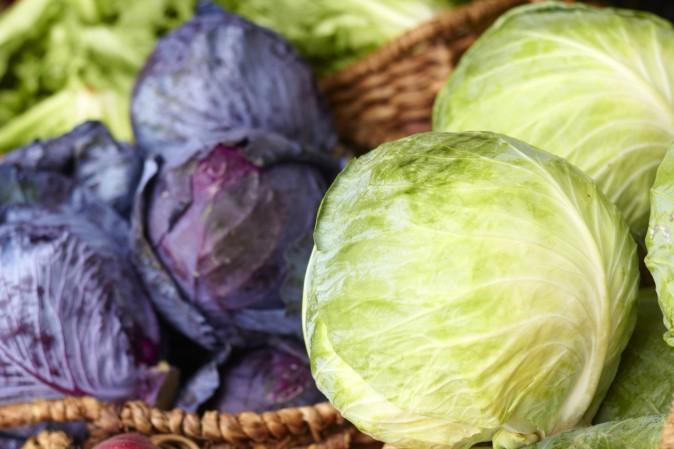With Thanksgiving over, we feel the temperature dipping and the cold penetrating our bones. The winter solstice, or the start of winter, will be here in a few weeks—on December 21st—heralding the time when Mother Nature shuts down for winter and our external environment becomes cold and desolate with all plant life going dormant and many animals going into hibernation.
Winter is a good time for reflection, contemplation, and going within. It is the time to focus on nurturing and re-charging ourselves for the next burst of growth and outward activity in spring. In traditional cultures, when people lived in close harmony with nature, they ate different foods depending to the season and winter was the time to eat more nourishing and warming foods, like soups and roasted foods. So with the chill setting in, it’s time to set aside the salads, yogurt, ice cream, and icy drinks for hot summer days.
Typical Japanese dishes to eat on cold wintry nights are hot pot dishes called nabe. Popular in Japan and different regions of China, nabe dishes and are easy to prepare and fast to cook—usually taking about 15 minutes. You can make them with any food you have in your kitchen, creating a uniquely delicious dish to feed and warm your whole family quickly.
The combination of foods for a nabe dish is limitless and constrained only by your resourcefulness and creativity. You can cook different kinds of vegetables with mushrooms and seaweed such as kombu, wakame, or even hijiki, if you can handle its stronger taste and aroma. You can also add shrimp, fish, and white meat such as chicken to your nabe dish.
Since the focus of winter cooking is to nourish and warm the body, it is better to use more root vegetables such as carrots, parsnips, and burdock root (or Gobo in Japanese), rather than leafy greens in a nabe dish. Here is one of the simplest and easiest nabe dishes to prepare. Called yuki nabe—a pot of snow or snow hot pot—this dish takes six to ten minutes to cook.
A Pot of Snow or Yuki Nabe
What you need:
11/2 cups grated daikon
2-3 Tablespoons filtered water (optional)
1/3 cup firm tofu
2-3 pinches sea salt
Finely sliced scallions or cilantro
Utensils:
You will need a grater, a vegetable knife, and a pot. Traditionally clay pots are used for nabe dishes but you can use a small stainless steel or enamel pot. Since this dish is served in the same pot used for cooking, I use a white corning ware one-quart casserole dish with lid. The whiteness of the corning ware accentuates the whiteness of the daikon and tofu, enhancing the snow-white effect of the yuki nabe.
Method:
1. Grate the daikon and place in the nabe pot.
2. Add two to three tablespoons water to the daikon if you prefer the finished dish to be a little moister.
3. Sprinkle a pinch of sea salt on the grated daikon.
4. Cover the pot and cook on medium flame for about three to five minutes. Make sure you use a timer, as it is easy to over cook and burn the daikon.
5. Slice the tofu into small cubes.
6. Place the tofu over the cooked grated daikon.
7. Sprinkle a pinch or two of sea salt on the tofu.
8. Cover the lid and cook for another three minutes.
9. Remove the lid and garnish with the finely sliced scallions or cilantro.
10. Serve the dish hot in the cooking pot.
This yuki nabe dish is probably one of the most delicious ways to cook the pungent daikon or white radish and the tofu, which is tasteless on its own. The grated daikon looks like snow or sleet, and the pile of snow-white tofu like snowdrifts or clouds. When cooked this way, both the daikon and tofu taste sweet, and you do not need extra flavoring.
While it can be a dish for everyone (my husband who dislikes tofu loves it), this yuki nabe dish is often considered a woman’s dish, helping to support the feminine energy and soft qualities of women. It also helps to relieve hot flushes and other menopausal symptoms in older women. If you find yourself feeling tight and tense, and eating too much yang foods like meats, this dish helps to melt away that stagnation just like melting snow, relaxing inner tension and encouraging energy flow.
A cooking variation for this dish is to steam the tofu first with a pinch of sea salt for three to five minutes. Then place white clouds of grated daikon on top to cover the tofu. Add a pinch or two of sea salt and steam for another three to five minutes. Garnish with finely chopped scallions or cilantro and serve hot.
This dish can be eaten by itself, or with some pressure-cooked short-grain brown rice, and with other dishes for a main meal. Short and medium grain brown rice is relatively more yang (warming) than long grain rice, and hence more suited for the cold winter months. Likewise, pressure-cooked rice is more yang than boiled or steamed rice. To balance the yin and yang of foods, like people in traditional societies did naturally, I usually serve this dish as a complement with a more yang dish, which will be subject of next week’s article.
Note: These natural food remedies are for maintaining your health and wellness. They are not meant to replace any medical treatment. If you have a diagnosed condition, or in doubt, you should always seek medical advice.
Dr. Margaret Trey has a doctorate in counseling from The University of South Australia. She was trained in oriental medicine, shiatsu, and macrobiotics, and was the director of Spirit Shiatsu in Australia for over 10 years. Now based in New York, she writes and continues her research on the effects of meditation on health and wellness.





